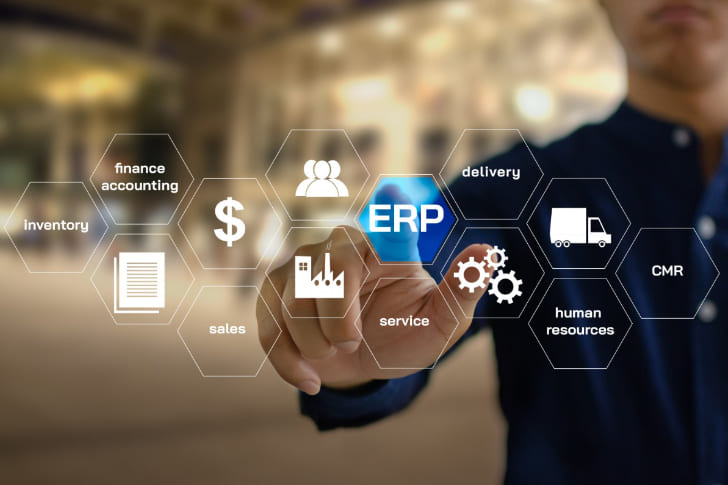In 2025, the landscape of Enterprise Resource Planning (ERP) software has evolved significantly, offering small and medium-sized businesses (SMBs) access to powerful solutions without the hefty price tags of traditional enterprise systems. These affordable ERP systems are designed to streamline operations, enhance efficiency, and support growth, all while being mindful of budget constraints.
Understanding Affordable ERP Software
Affordable ERP software refers to solutions that provide comprehensive business management features—such as finance, inventory, CRM, and HR—at a cost-effective price point. These systems are typically cloud-based, offering scalability, ease of implementation, and reduced IT overhead. For SMBs, choosing the right ERP can lead to improved decision-making, better resource management, and a competitive edge in the market.
Top Affordable ERP Software Picks for 2025
Based on industry reviews and user feedback, here are some of the top affordable ERP solutions for 2025:
| ERP Software | Best For | Key Features | Pricing (Approx.) |
|---|---|---|---|
| Zoho ERP | SMBs seeking modular solutions | Cloud-based, customizable, integrates with Zoho suite | ₹1,500–₹3,000/user/month |
| Odoo ERP | Businesses needing customization | Open-source, modular, strong community support | ₹10,000–₹20,000/year |
| TallyPrime with ERP Add-ons | Indian SMEs, especially in retail and manufacturing | GST-compliant, simple interface, widely used in India | ₹18,000–₹25,000/year |
| Marg ERP | Retail, pharma, and distribution sectors | GST-ready, inventory and billing features | ₹15,000–₹22,000/year |
| ERPNext | Tech-savvy businesses | Open-source, highly customizable, strong community | Free (self-hosted); ₹15,000/year (cloud) |
| Chirix ERP | Manufacturing and project-based businesses | Real-time insights, automation, scalable | ₹20,000–₹35,000/year |
| SAP Business One | Growing businesses needing robust features | Financial management, inventory, multi-currency support | ₹50,000–₹70,000/year |
| Microsoft Dynamics 365 Business Central | SMBs using Microsoft ecosystem | Integration with Microsoft 365, AI insights | ₹5,000–₹7,000/user/month |
| Acumatica Cloud ERP | Mid-sized businesses | Cloud-based, strong financial and manufacturing modules | ₹60,000–₹80,000/year |
| Sage X3 ERP | Businesses with complex needs | Advanced manufacturing, supply chain, and finance modules | ₹80,000–₹1,00,000/year |
Key Considerations When Choosing an Affordable ERP
When selecting an affordable ERP system, SMBs should consider the following factors:
-
Scalability: Ensure the ERP can grow with your business needs.
-
Customization: Opt for systems that allow tailoring to specific business processes.
-
Integration: Check compatibility with existing tools and software.
-
User-Friendliness: A simple interface reduces training time and increases adoption.
-
Support and Community: Access to reliable customer support and an active user community can be invaluable.
-
Cost of Ownership: Consider both initial costs and ongoing maintenance expenses.
Industry Trends Influencing Affordable ERP Choices
Several trends are shaping the ERP landscape for SMBs in 2025:
-
Cloud Adoption: Cloud-based ERPs offer flexibility, remote access, and reduced IT infrastructure costs.
-
AI Integration: Artificial Intelligence is being integrated into ERP systems for predictive analytics, automation, and decision-making support.
-
Mobile Accessibility: Mobile-friendly ERPs allow business owners and employees to manage operations on-the-go.
-
Customization and Modularity: Businesses prefer ERPs that can be tailored to their specific needs, with modular features that can be added as required.
-
Regulatory Compliance: Especially in regions like India, ERPs that support compliance with local regulations (e.g., GST) are in high demand.
Conclusion
In 2025, SMBs have access to a diverse range of affordable ERP solutions that can streamline operations, enhance efficiency, and support growth. By carefully evaluating options based on business needs, budget, and scalability, companies can select an ERP system that aligns with their objectives and sets the stage for future success.
